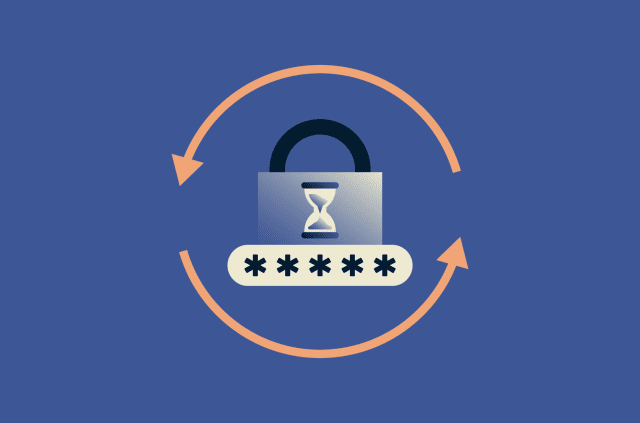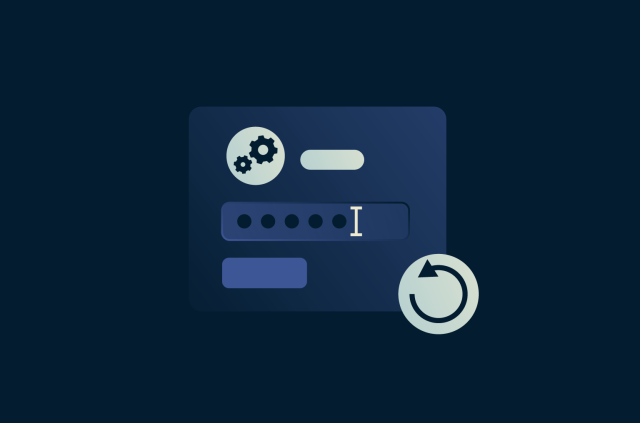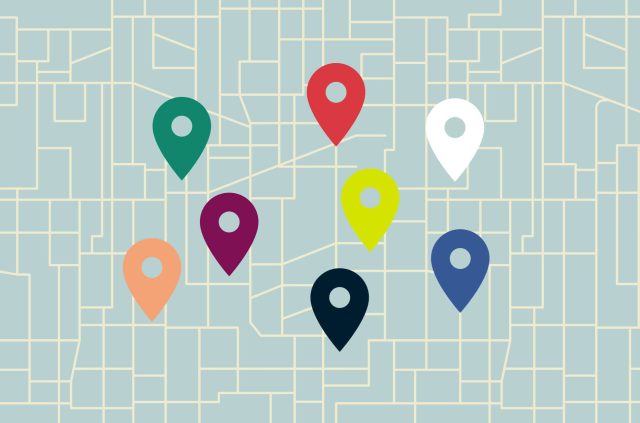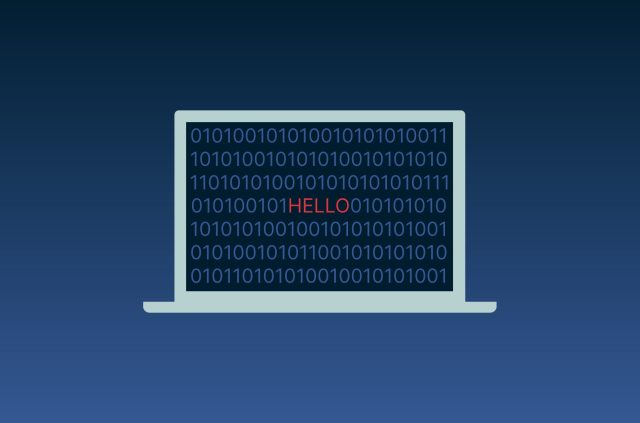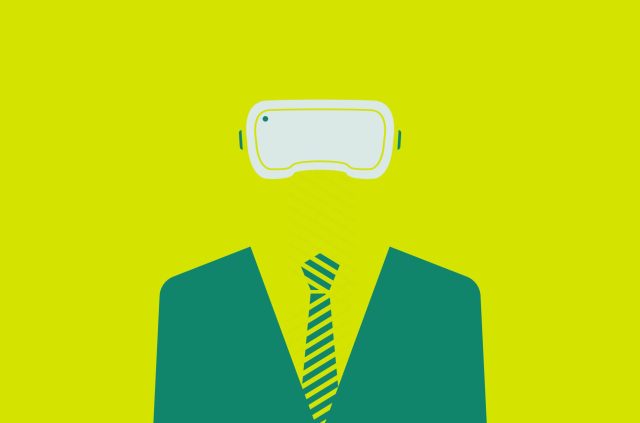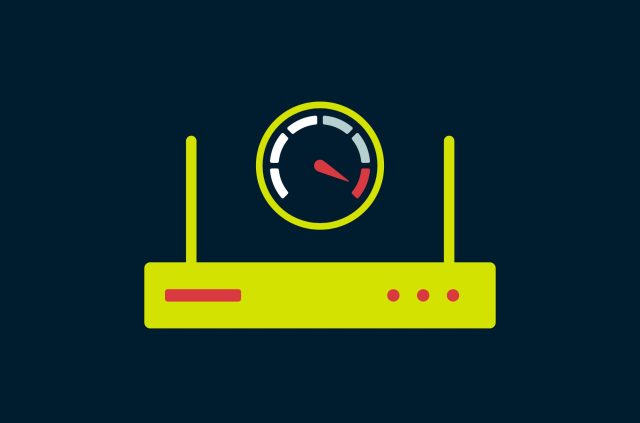Facial recognition works even when you’re covering your face

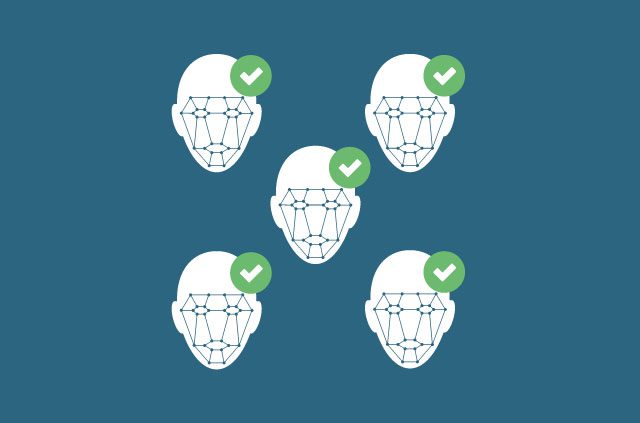
Until recently, facial recognition software needed to scan your entire face in order to attempt to identify you. That may no longer be the case.
In China, the coronavirus (formally known as Covid-19) has triggered the rapid adoption of face masks. While necessary to curtail the spread of the disease, face masks have impinged on the Chinese state’s ability to surveil its citizens en masse.
That in turn has quickly prompted the introduction of new facial recognition software that only needs to see part of your face to identify you. Masks, scarves, and other face coverings won’t deter the surveillance algorithms.
The technology is not entirely new. A 2017 paper on “disguised face identification” proved that you could successfully identify a person from just 14 data points, albeit with varying levels of success.
The research is now highly relevant, as China steps up its facial recognition tech a notch to maintain its status as a significant weapon in its surveillance arsenal.
Facial recognition may not be the answer
Despite its widespread use, facial recognition technology still has several gaping flaws.
In its updated findings in December 2019, the National Institute of Standards and Technology found a significant number of false positives and negatives across race, age, and sex.
That has not stunted its enthusiastic adoption in airports, on our personal devices, and not least with local law enforcement authorities. Facial recognition company Clearview AI, that managed to scrape 3 billion photos of faces from social media and the internet at large, has been in the news due to its close association with the U.S. and Canadian police
Facial recognition is the latest tool for invasive surveillance systems that is becoming increasingly common in authoritarian countries, and to varying extents in the U.S., UK, and Australia, to name a few.
Some legal breakthroughs against the technology have been made in a few states in the U.S., but the most cynical of us will know these battles are hard-won, if won at all.
The relentless advancement in facial recognition that brings us to the familiar frustration of trying to regulate or limit the mass surveillance practices that trigger-happy governments and corporations are only too eager to implement.
For now, however, the error-prone nature of the technology might make these disguises useful still, and while you’re at it maybe use an alternative way of securing your devices that doesn’t involve only your face or fingerprints.
Take the first step to protect yourself online. Try ExpressVPN risk-free.
Get ExpressVPN

